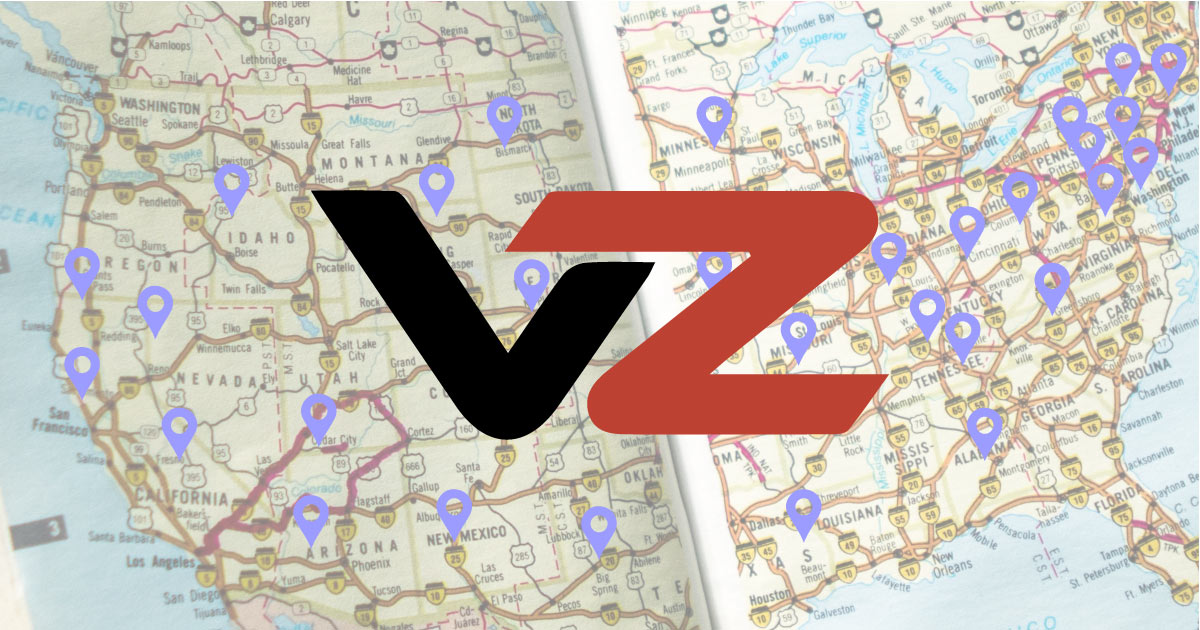If you took a road trip in the 1980s or 1990s, the chances are you had paper maps in the car, truck or camper to help you figure out how to reach your destination. If you are driving alone, trying to read a map while driving is a dangerous affair. Through the late 1990s and early 2000s, companies like Garmin, TomTom and Mio began rolling out GPS-based portable navigation systems that helped drivers know when a turn or exit was coming up. Around the same time, automobile manufacturers worldwide started integrating these navigation systems into the new cars and trucks they built.
Why Navigation is Important
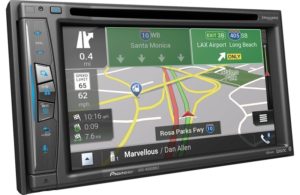 When it comes to preventing accidents, avoiding sudden maneuvers like lane changes or abrupt turns is paramount. We’ve all seen drivers slam on their brakes and cut across a lane or two of traffic to exit a highway at the last second. Modern navigation solutions provide the driver with advanced warnings that let them know which way they will need to turn and when. These warnings are often offered starting anywhere from a mile away and again at a quarter-mile from the actual maneuver, so there is time for the driver to get their vehicle into the correct lane.
When it comes to preventing accidents, avoiding sudden maneuvers like lane changes or abrupt turns is paramount. We’ve all seen drivers slam on their brakes and cut across a lane or two of traffic to exit a highway at the last second. Modern navigation solutions provide the driver with advanced warnings that let them know which way they will need to turn and when. These warnings are often offered starting anywhere from a mile away and again at a quarter-mile from the actual maneuver, so there is time for the driver to get their vehicle into the correct lane.
Voice Commands Remove Distractions
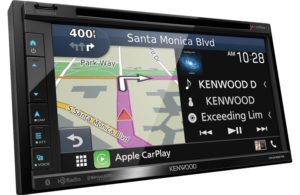 Navigation systems became a true safety device when they started to include voice prompts. These verbal instructions eliminated the need for the driver to look at the screen for the next instruction. The second evolution was the inclusion of spoken street names to clarify driving instructions even more. Now, drivers knew when they needed to turn and what street to look for, and could keep their eyes on the road.
Navigation systems became a true safety device when they started to include voice prompts. These verbal instructions eliminated the need for the driver to look at the screen for the next instruction. The second evolution was the inclusion of spoken street names to clarify driving instructions even more. Now, drivers knew when they needed to turn and what street to look for, and could keep their eyes on the road.
Automatic Route Recalculation
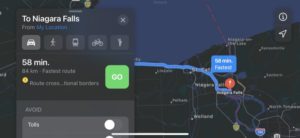 One of the biggest problems when traveling is dealing with missed exits and unforeseen detours. Road closures for repairs and accidents can wreak havoc with a well-planned outing. If you miss a turn or are forced onto a new road, modern navigation systems will automatically recalculate the route to help you get back on track to your original destination. There’s no need to stop for directions or look at a paper map. More importantly, there’s no need to panic when there’s a change from the original route. The technology in the navigation system takes care of everything.
One of the biggest problems when traveling is dealing with missed exits and unforeseen detours. Road closures for repairs and accidents can wreak havoc with a well-planned outing. If you miss a turn or are forced onto a new road, modern navigation systems will automatically recalculate the route to help you get back on track to your original destination. There’s no need to stop for directions or look at a paper map. More importantly, there’s no need to panic when there’s a change from the original route. The technology in the navigation system takes care of everything.
Modern Smartphone-based Navigation Solutions
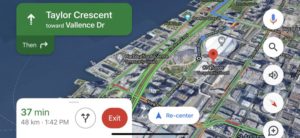 As modern smartphone processing power and features advanced, it wasn’t long before companies like Google and Apple realized they could integrate detailed map and routing systems into the devices they offer. Apple Maps, Google Maps and Waze have become the de facto standard in mobile navigation solutions. Aside from being free to download to your phone, all three offer real-time map information downloads from their respective servers, so the information for your route is always up-to-date. Likewise, these solutions take traffic flow information in major urban areas into consideration to route and re-route for the most-efficient way to reach your destination.
As modern smartphone processing power and features advanced, it wasn’t long before companies like Google and Apple realized they could integrate detailed map and routing systems into the devices they offer. Apple Maps, Google Maps and Waze have become the de facto standard in mobile navigation solutions. Aside from being free to download to your phone, all three offer real-time map information downloads from their respective servers, so the information for your route is always up-to-date. Likewise, these solutions take traffic flow information in major urban areas into consideration to route and re-route for the most-efficient way to reach your destination.
As the popularity and capabilities of the Google Voice Assistant and Apple’s Siri virtual assistant have expanded, a driver can now request turn-by-turn navigation instructions to almost any address or business in North America using a verbal request. There’s no more hunting-and-pecking on a keyboard and the associated distraction that causes. You can say, “Hey, Siri, find a car stereo shop near me.” The assistant will use your real-time GPS location information (from the phone) to search for a suitable reply to your request. If you are satisfied with the selection, the assistant will automatically pass the destination information to one of the navigation applications and plot a route for you.
Reducing Panic in an Emergency
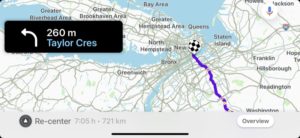 If you are driving and about to run out of gas, or a passenger has to get to a hospital, a navigation system can save precious time in helping you get what you need. The last thing you want to do is have to stop and ask for directions when there’s an emergency.
If you are driving and about to run out of gas, or a passenger has to get to a hospital, a navigation system can save precious time in helping you get what you need. The last thing you want to do is have to stop and ask for directions when there’s an emergency.
The crowdsourced information provided by Waze users lets you know about objects on the road, stopped vehicles, poor weather or other hazards that might affect your progress. Of course, we suggest having a passenger report any new accident, hazard or road closure so you can focus on driving safely.
Choosing the Right Navigation Solution
If you spend any significant time on the road, investing in a modern navigation solution is wise. Drop by your local specialty mobile enhancement retailer to find out what’s available in terms of a multimedia receiver with integrated navigation software or a smartphone connectivity solution that allows you to use your phone without taking your eyes off the road. You can find a retailer near you by using our Dealer Locator.


